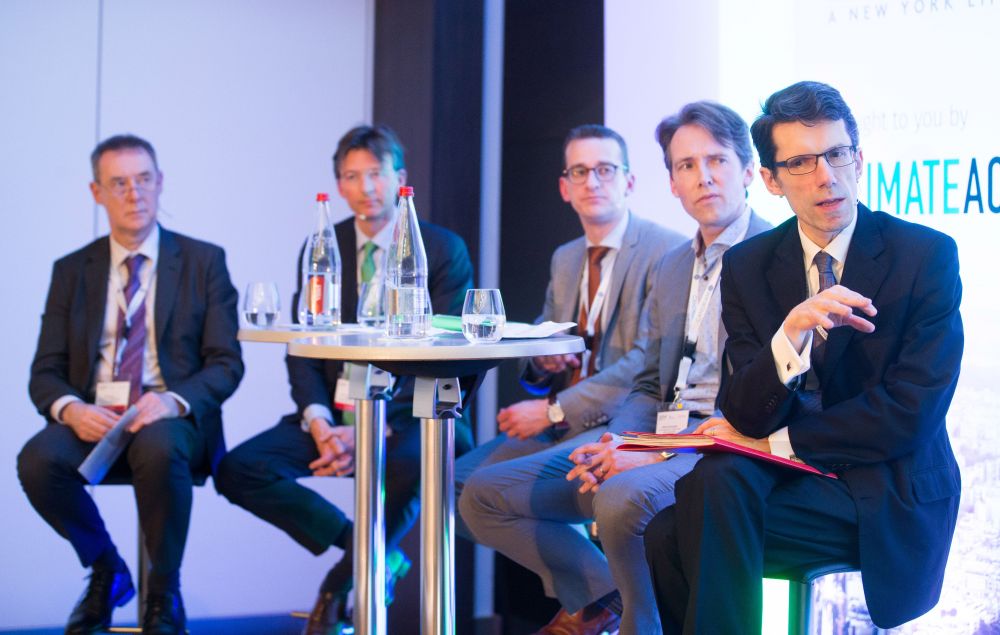How investable are the Sustainable Development Goals?
Eric Usher, head of the UN Environment’s Finance Initiative, recently said that the SDGs have “come forward very quickly, faster than I would have thought”.

The 17 Sustainable Development Goals (SDGs) were set by the United Nations in 2015 and adopted by all 193 countries of the UN General Assembly.
Their broad and bold aims target everything from climate action to clean water, from good health to gender equality, with a date of 2030 to achieve them.
These ‘global goals’ are important for the UN and member states to achieve, and their feet will be held to the fire when 2030 comes around. But should they matter to anyone in the private sector, or investment community?
Speaking at the Sustainable Investment Forum in Paris last week, Eric Usher, head of the UN Environment’s Finance Initiative (UNEP-FI), said that the SDGs have “come forward very quickly, faster than I would have thought”.
“All of a sudden it is something that everybody is talking about. We thought it was something for governments to talk about, but it just so happens that the private sector…actually do see it as a framework that is potentially investable”.
UNEP-FI’s own work estimates that the world will need to find roughly $6 trillion dollars a year from now until 2030 to achieve the goals, but that half of that is flowing already. Of that half, they think that 60 percent is already coming from the private sector.
The emergence of an SDG market is also essential, according to Usher, if we are going to “chip away” at some of the more difficult goals.
Major institutions are already getting involved in helping finance the SDGs, either directly, or indirectly. BNP Paribas, for example, assessed that 15 percent of its loans worldwide are going towards supporting the goals, a huge amount.
But as the panellists at the Forum made clear, it’s not something that boards or clients can easily see as part of their problem. And what’s more, not all of the SDGs are equally actionable (compare clean energy with conserving the oceans), and investing in some might even prevent others from being advanced.
A basic question asked during the talk was simply what do we mean by an SDG investment? Classifying industries and sectors by how much they will contribute to the goals is a start. “We found 2,000 stocks with positive impact potential, plus another 2,000 with question marks”, said Willem Schramade, who has worked on a database of sustainable equities at NN Investment Partners.
“The good news is that these companies tend to be more profitable with better growth options”, he added.
Another way towards making the SDGs a more attractive investment prospect is to encourage greater disclosure from companies, in the same vein as climate risk.
Wim Van Hyfte, Global Head of Responsible Investments at Candriam, commented: “If we impose some kind of reporting system on: how do you contribute to society…how do contribute to equality…When these things become measurable, they become manageable. And then investors can then price it”.
It was agreed that for the SDGs to be realised a change of philosophy was needed within the financial sector. To look more at long-term benchmarking of investments over short-termism.
Gerben-Jan Gerbrandy, a Dutch Member of the European Parliament, concluded: “We cannot have economic growth and poverty reduction in the future if we don’t form sustainable economies. And everything else with the SDGs comes from that broader perspective”.






